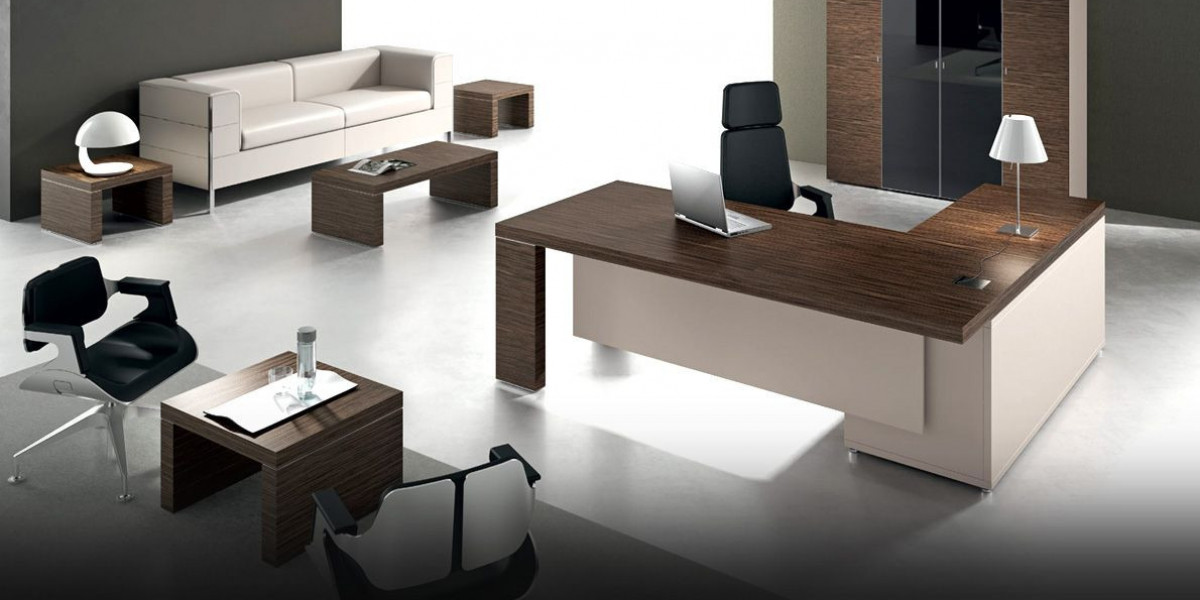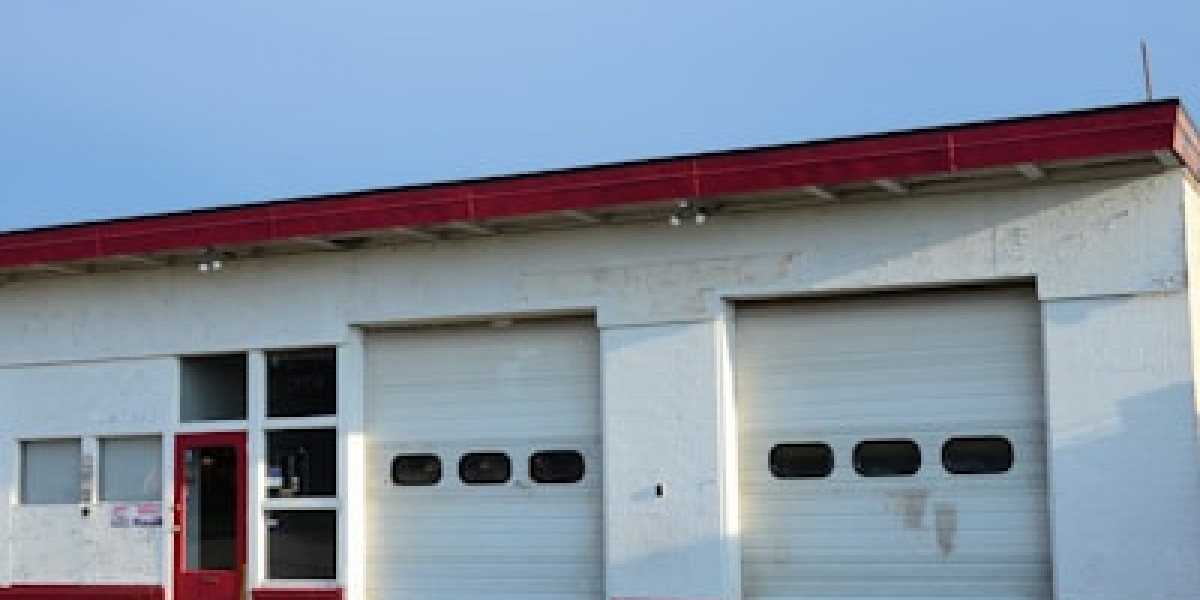The concept of flexible workspaces has gained significant traction in recent years, driven by evolving workplace trends, particularly the rise of remote work, hybrid work models, and the increasing need for collaboration and agility in office environments. As businesses and organizations adapt to new ways of working, the office furniture market is undergoing a transformation. Traditional, rigid office layouts are being replaced by flexible workspace solutions that cater to diverse needs, from individual tasks to collaborative efforts.
This article delves into the rise of flexible workspace solutions, how they are reshaping the office furniture market, and the key trends influencing this shift.
1. Changing Work Dynamics: The Shift Toward Flexibility
The rise of remote working and hybrid work models has reshaped the way businesses view office spaces. Employees no longer need a fixed desk or a permanent cubicle; instead, they seek adaptable and versatile spaces that can accommodate different work styles. This shift has resulted in a growing demand for office furniture that is flexible, mobile, and customizable.
Remote and Hybrid Work: The COVID-19 pandemic accelerated the adoption of remote work, forcing businesses to reconsider the purpose and design of their office spaces. As employees return to the office, they expect work environments that are not only collaborative but also offer flexibility to work in different ways—whether that’s at a desk, in a meeting room, or in an open collaborative area.
Agility and Adaptability: Businesses are looking for ways to optimize space and create more fluid work environments. Modular furniture systems that can easily be reconfigured are in high demand. These systems allow businesses to quickly adapt their office layouts based on changing team sizes or evolving business needs.
2. Key Trends in Flexible Workspace Solutions
The demand for flexible workspaces has led to several trends in both office furniture and workspace design. These trends reflect the need for agility, employee wellness, and collaboration in modern office environments.
Modular and Reconfigurable Furniture
One of the primary features of flexible workspaces is modular office furniture. Modular furniture allows companies to rearrange and customize their office layout to suit different purposes. These systems are built for flexibility, enabling businesses to modify office spaces without the need for costly renovations.
Modular Desks and Workstations: Desks that can be resized, expanded, or converted into shared workspaces have become increasingly popular. These desks are designed to be adjustable and movable, providing employees with the freedom to create the environment they need for focused work or group collaboration.
Movable Partitions and Dividers: Mobile partitions and divider panels help create flexible spaces that can be easily transformed from open areas to private workstations or collaborative meeting spaces. These partitions allow businesses to quickly change the layout of their office based on current needs.
Collaborative Furniture for Teamwork
The need for collaboration is central to flexible workspace solutions. Many modern offices are designed with open-plan layouts that encourage communication and teamwork. To complement these spaces, furniture solutions have evolved to support group interactions, brainstorming sessions, and team-based activities.
Collaborative Desks and Tables: Adjustable height desks, round tables, and shared seating arrangements are designed to facilitate group discussions and brainstorming sessions. These pieces often feature integrated technology, such as charging ports or smart boards, to enhance collaboration.
Flexible Lounge Areas: The rise of lounge-style seating in office spaces reflects the trend toward creating relaxed environments for informal meetings and social interactions. Soft seating, modular couches, and movable ottomans help create flexible, adaptable spaces that employees can use based on their needs.
Ergonomics and Wellness-Focused Furniture
The increasing emphasis on employee wellness is influencing the design of flexible office furniture. In flexible workspaces, employees need furniture that supports physical comfort and health. As a result, ergonomic furniture solutions have become an essential aspect of modern office environments.
Height-Adjustable Desks: With the focus on reducing the health risks of prolonged sitting, height-adjustable desks have become a must-have in flexible office environments. These desks allow employees to alternate between sitting and standing, promoting better posture and reducing the risk of musculoskeletal disorders.
Ergonomic Chairs and Seating: Office chairs with adjustable features such as lumbar support, seat depth adjustments, and armrest positioning ensure that employees can work comfortably for extended periods. Furniture designs are increasingly tailored to enhance both comfort and productivity, helping companies invest in employee well-being.
3. The Role of Co-working Spaces in the Flexible Office Movement
The rise of co-working spaces has also played a significant role in the demand for flexible office furniture. Co-working spaces, where companies and freelancers can rent desk space on flexible terms, have become a cornerstone of the flexible workspace movement.
Flexible Office Plans
In co-working spaces, desks, chairs, and other furniture items are often rented by the hour or month, allowing businesses to scale up or down based on demand. This model suits startups, small businesses, or businesses with fluctuating needs.
Collaborative Work Zones: Co-working spaces feature flexible seating arrangements that allow users to work in private or collaborative settings. These spaces can be reconfigured with movable furniture, providing users with the freedom to create their ideal workspace.
Hot Desking Solutions: Many co-working spaces offer hot-desking, where employees can choose any available desk rather than being assigned a permanent workspace. This requires flexible, easily movable furniture that can accommodate different users each day.
Tech-Integrated Furniture in Co-working Spaces
As more businesses embrace technology, tech-enabled furniture has become a critical part of the flexible office environment. In co-working spaces, desks and workstations are often equipped with built-in charging ports, wireless charging pads, and power outlets to accommodate users’ tech needs.
Smart Desks and Furniture: Co-working spaces are adopting smart furniture with built-in sensors that track usage, monitor employee health metrics, or adjust lighting and temperature. This allows co-working space operators to offer an enhanced user experience, contributing to a more efficient and personalized work environment.
4. The Future of Flexible Workspace Solutions
As businesses increasingly prioritize flexibility, collaboration, and employee well-being, the demand for flexible workspace solutions will continue to grow. Office furniture manufacturers are responding to this demand by offering highly adaptable and customizable furniture options.
Hybrid Office Designs: The future of the office will likely involve a blend of remote work and in-office collaboration. Furniture solutions will continue to evolve to accommodate both types of work arrangements, supporting the hybrid workforce with flexible, ergonomic, and technologically integrated office furniture.
Sustainability in Flexible Furniture: Sustainability will remain a key factor in the development of flexible office furniture. Companies will seek environmentally-friendly materials, energy-efficient designs, and furniture that can be easily disassembled and recycled, contributing to a greener workspace.
Conclusion
The rise of flexible workspace solutions is revolutionizing the office furniture market, driven by shifting work dynamics, the need for collaboration, and a greater focus on employee wellness. Modular, ergonomic, and tech-enabled furniture is reshaping the way office spaces are designed and utilized, offering businesses the agility to adapt to evolving work patterns. As flexible work environments continue to gain prominence, innovation in office furniture will be key to meeting the needs of the modern workforce and creating spaces that foster productivity, creativity, and well-being.








